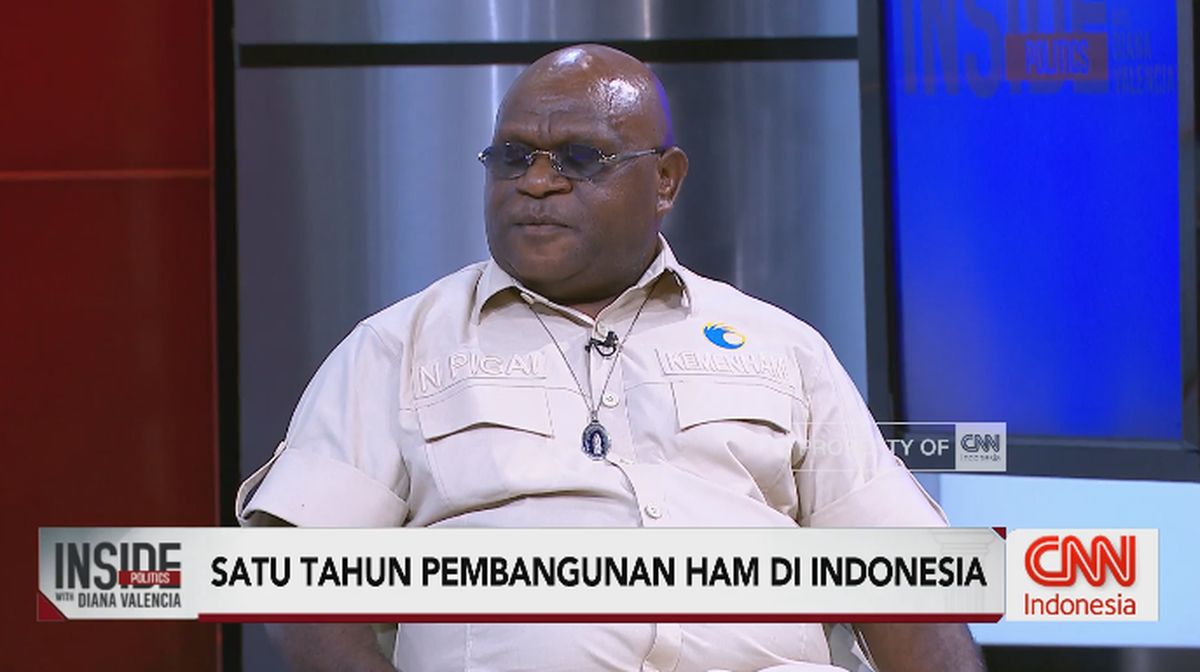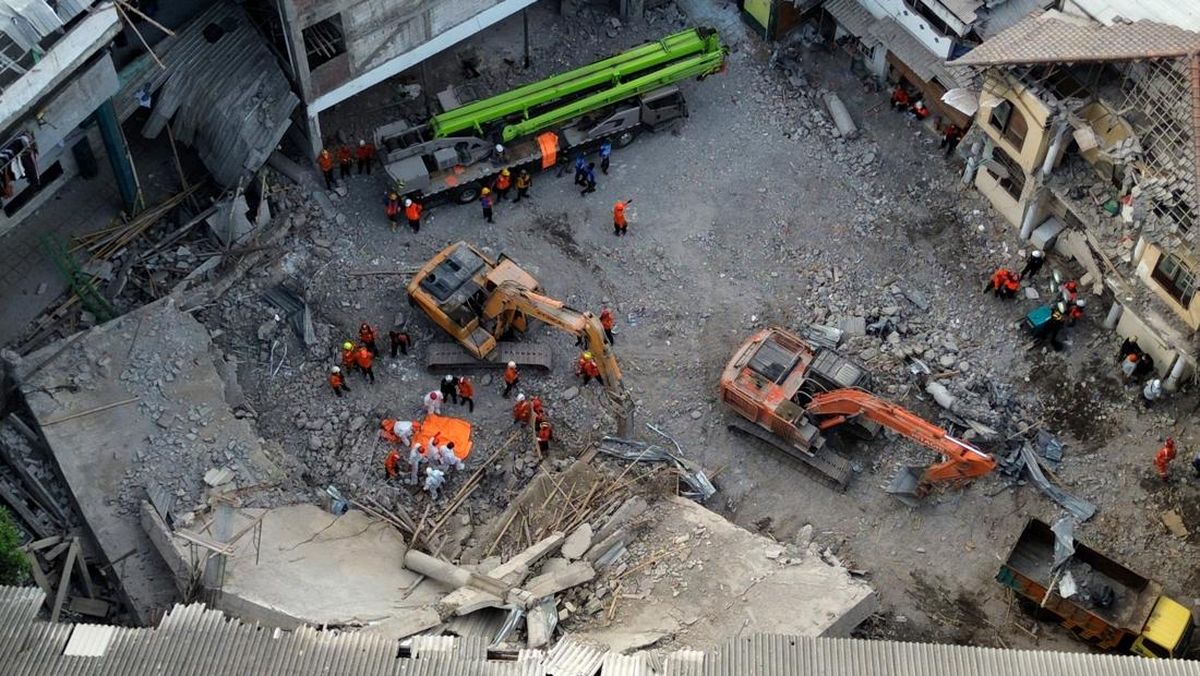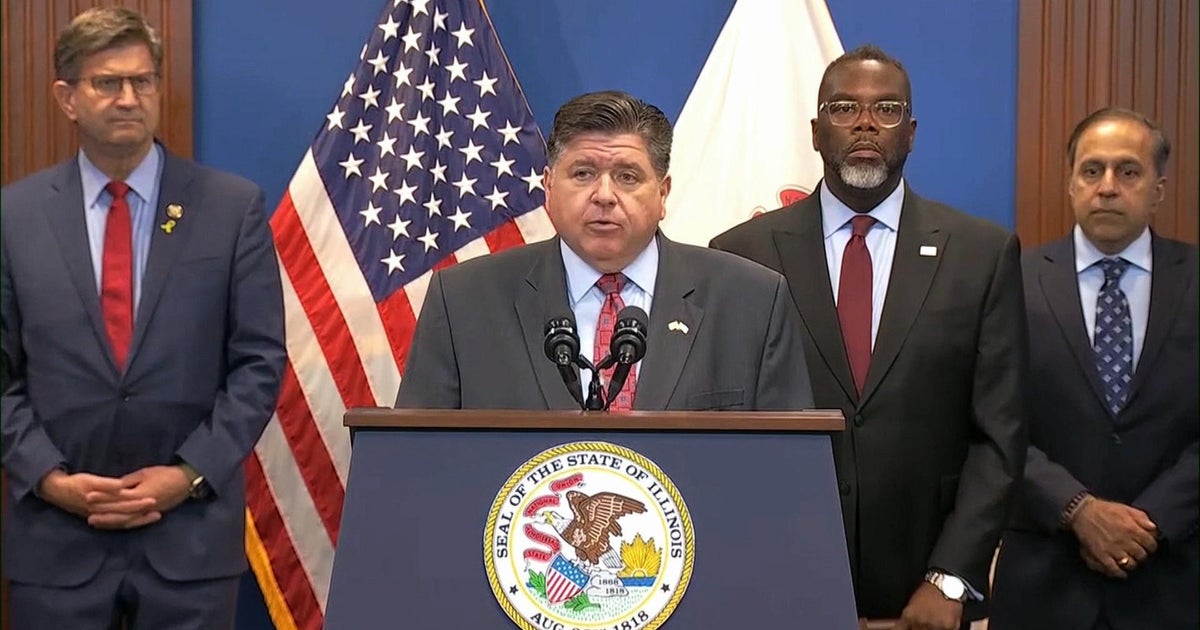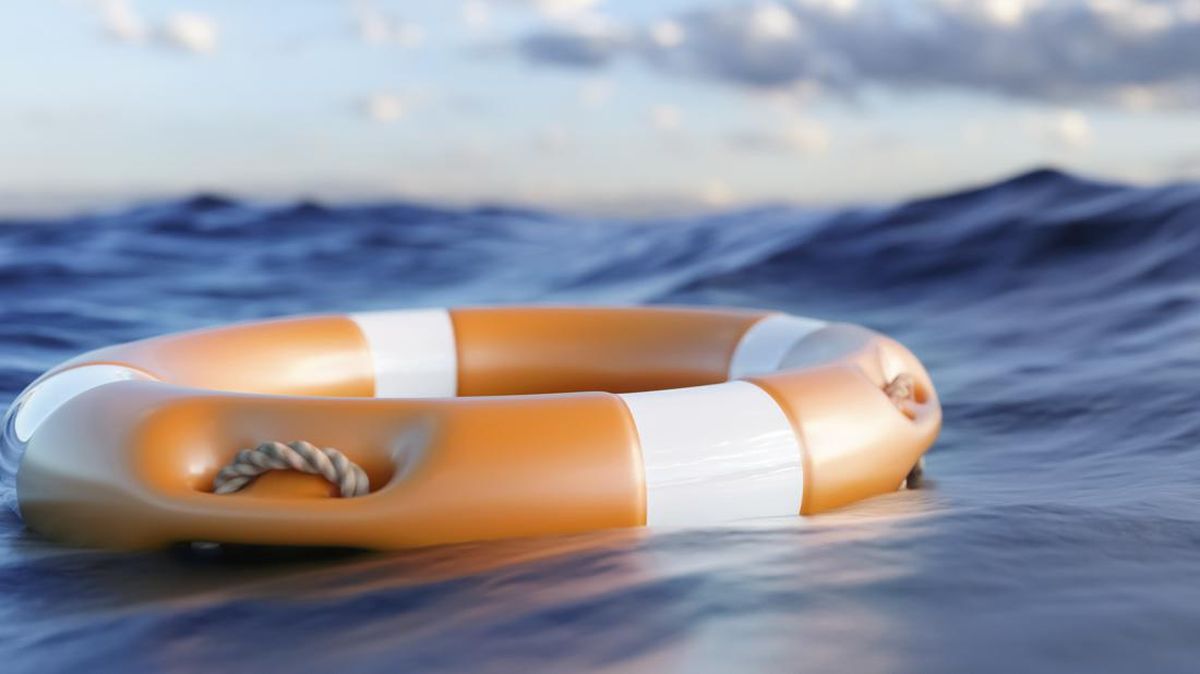WA environment minister questions traditional owner’s ‘cultural authority’ in rock art debate
Western Australia’s environment minister has questioned the “cultural authority” of Mardathoonera woman and North West Shelf opponent Raelene Cooper to speak on behalf of traditional owners about industrial impacts on rock art along the Pilbara coast.
Cooper, who is a former chair and current member of the Murujuga Aboriginal Corporation, has been one of the most vocal opponents of Woodside’s now-approved plan to extend the life of the Karratha Gas Plant and its associated infrastructure on the Burrup Peninsula to the 2070s.

Traditional custodian Raelene Cooper in May with the Woodside facility behind her.Credit: Save Our Songlines
In his statements of reasons for approving the project, Federal Environment Minister Murray Watt questioned the WA government’s conclusion from a landmark report that most damage to the rock art was linked to emissions from the now-shut Dampier Power Plant.
While mounting his defence of Watt’s claim during a press conference on Thursday, WA Environment Minister Matthew Swinbourn said the Murujuga Aboriginal Corporation and Ngarda-Ngarli traditional owners had supported the science and conclusions his government had drawn.
“If the Murujuga Aboriginal Corporation, representing the Ngarda-Ngarli people, is saying to us that there was something wrong with the processes that they were involved in, then that would be more concerning to me than to listen to what activists have to say who are ideologically opposed to the North West [Shelf] gas project and are looking for their opportunity to bring that whole thing down,” he said.
When asked about the views of traditional owners like Cooper, who is from a language group of the Ngarda-Ngarli, Swinbourne said she was “an activist in this particular space”.
“I’m not sure she speaks for the Ngarda-Ngarli people. I’m not sure she has the cultural authority to speak for the Ngarda-Ngarli people,” he said.
Swinbourn said he visited Paris with 16 Ngarda-Ngarli traditional owners during the UNESCO world heritage listing bid, and they were supportive of the monitoring program and all wanted to protect the rock art.
Cooper responded swiftly to Swinbourn’s comments.
Loading
“What on earth would Matthew Swinbourn know about cultural authority?” she said.
“I am a traditional custodian of Murujuga, and I was previously chairperson of the Murujuga Aboriginal Corporation, of which I remain a member.
“I am an advocate and cultural woman for this place Murujuga, and I am here to protect, promote and preserve the cultural history of Aboriginal people from the Pilbara.”
Swinbourn’s comments came the same day two other Murujuga traditional owners from the Ngarluma language group also spoke out against Watt’s approval of the project, and the rock art monitoring report.
Ngarluma man and Mac member Patrick Churnside said he had authority to speak about Murujuga and that a handful of people in a room did not hold authority to decide on issues around Country, culture and people.
“We have no confidence in anyone involved in the decision. When ministers sit in party rooms, they need to consider cultural protocols and what they are doing to the First Peoples of this country,” he said.
Science ‘rock solid’
The rock art monitoring report and a summary of its findings prepared by the WA government has been marred with controversy since it was released in May.
Opponents of the North West Shelf project claimed it misrepresented the actual science of the report, which found industrial emissions on the Dampier Peninsula had impacted the porosity of the surface of the petroglyphs.
When the report was announced, WA Premier Roger Cook confidently declared it confirmed most of the damage was caused by the Dampier Power Station, which operated from the 1960s to 2010.
However, in Watt’s statement of reasons, he said his reading of the monitoring report was that all industrial activity had caused degradation of the rock art and would continue to do so.
“I agree with the department’s advice that there is considerable uncertainty about the MRAMP [monitoring report] 2024 hypothesis that impacts were caused by historical emissions given the numerous existing and proposed emissions sources,” he said.
“The Dampier Power Plant is also a likely driver of the increase in porosity, but there is evidence that the [Karratha Gas Plant] would likely have also been a significant or equivalent contributor to historical impacts.”
Opponents of Woodside’s proposal leapt on these comments to accuse the government of wilfully twisting the findings to push for the project to get the go-ahead.
Swinbourn would not be drawn on whether Watt’s conclusions were wrong, but said he was confident in the science and that industry and rock art could co-exist.
“The science is rock solid from our point of view ... we have and are in a joint ticket with the Commonwealth that the emissions from industry on the Burrup Peninsula should not be damaging the rock art,” he said.
However, Swinbourn rejected an assertion from Watt that the WA conditions imposed on the North West Shelf extension were “insufficient” to manage the impacts of emissions on the rock art.
Start the day with a summary of the day’s most important and interesting stories, analysis and insights. Sign up for our Morning Edition newsletter.
Most Viewed in Politics
Loading


















































